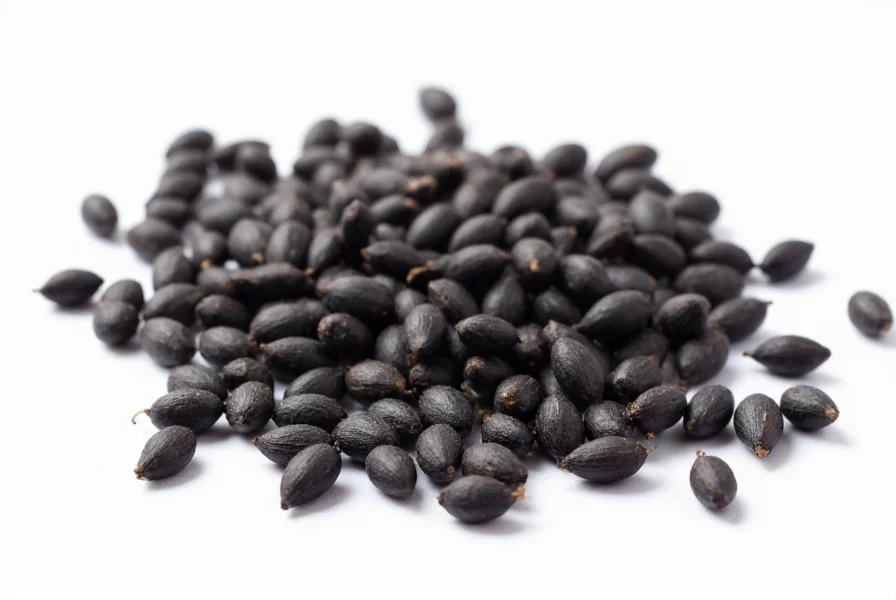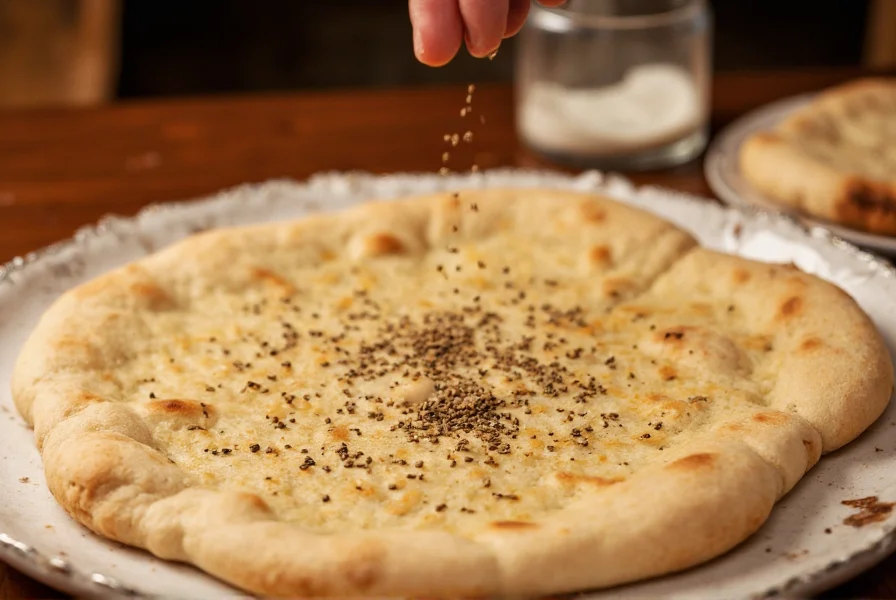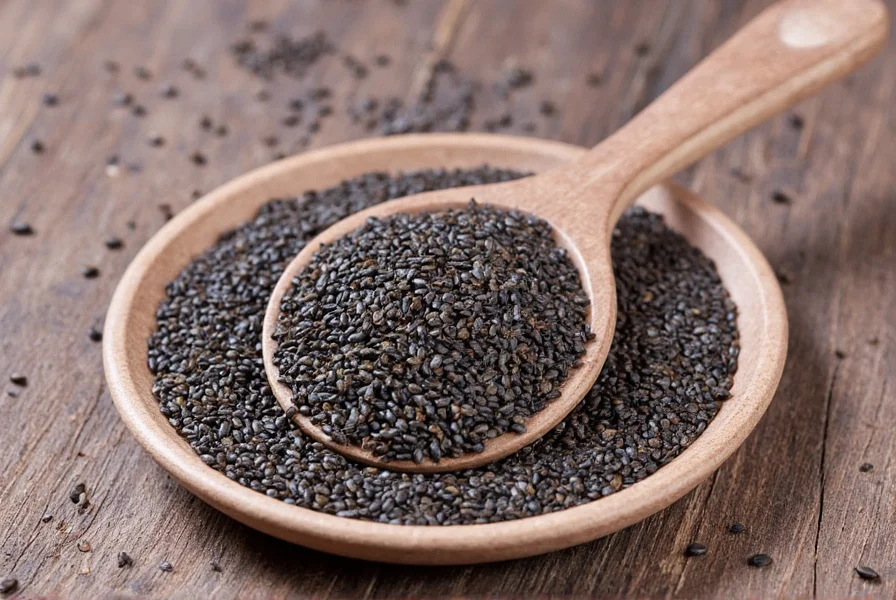Nigella seeds (Nigella sativa) represent one of the world's oldest culinary and medicinal botanicals. These tiny black seeds pack a surprising complexity of flavor and cultural significance across multiple continents. Unlike what many assume from their misleading common name, nigella seeds share no botanical relationship with cumin—they belong to the Ranunculaceae family, making them distant cousins to buttercups rather than members of the Apiaceae family like true cumin.
Physical Characteristics and Identification
Nigella seeds measure approximately 2-3mm in length with a matte black exterior and distinctive teardrop shape. When crushed, they release a complex aroma combining earthy, peppery, and slightly onion-like notes with subtle hints of oregano. Their flavor profile transforms when heated, developing nutty undertones while maintaining their characteristic pungency.

Historical Significance and Global Distribution
Archaeological evidence traces nigella seed usage back to ancient Egyptian times, with seeds found in Tutankhamun's tomb. The plant grows wild across Southern Europe, North Africa, and Southwest Asia, but today sees commercial cultivation primarily in India, Turkey, and Eastern Europe. In Indian cooking, they're essential in naan bread and Bengali panch phoron spice blends, while Middle Eastern cuisines incorporate them into breads, cheeses, and pickles.
Common Names and Frequent Misidentifications
The confusing array of names for nigella seeds often leads to substitution errors. Understanding these distinctions proves crucial for authentic cooking:
| Common Name | Actual Seed | Botanical Name | Key Differences |
|---|---|---|---|
| Nigella seeds | True nigella | Nigella sativa | Matte black, teardrop shape, slightly curved |
| Black sesame | Sesame | Sesamum indicum | Shiny black, oval shape, milder flavor |
| Black cumin | Bunium persicum | Bunium persicum | Longer, thinner, more intensely cumin-like |
| Onion seeds | Nigella (misnomer) | Nigella sativa | No relation to onions despite the name |
Culinary Applications Across Global Cuisines
Chefs worldwide utilize nigella seeds for their unique flavor contribution. In Indian cuisine, cooks sprinkle them on top of naan bread before baking, where the seeds develop a nutty aroma as they toast. Bengali cooks include them as one of the five components in panch phoron, a fundamental spice blend. Middle Eastern bakers incorporate them into ka'ak breads and Armenian string cheese. Turkish cuisine features them prominently in simit (sesame-encrusted bread rings), while Egyptian cooks use them in homemade cheeses.
When cooking with nigella seeds, remember that their flavor intensifies when heated. For maximum impact, toast them briefly in a dry pan before use. They pair exceptionally well with yogurt-based dishes, flatbreads, roasted vegetables, and lentil preparations. Home cooks seeking authentic Middle Eastern or Indian flavors should never substitute black sesame seeds, as the flavor profiles differ significantly.
Nutritional Profile and Research-Supported Benefits
Nigella seeds contain thymoquinone, the primary active compound responsible for many of their studied health properties. One tablespoon (6g) provides approximately:
- 35 calories
- 2.7g fat (primarily unsaturated)
- 1.9g dietary fiber
- 1.1g protein
- Significant manganese, copper, and calcium
Current research indicates potential anti-inflammatory effects and modest improvements in blood sugar regulation. A 2022 meta-analysis published in the Journal of Ethnopharmacology noted consistent evidence for nigella seeds' role in supporting respiratory health. However, consumers should view them as complementary to medical treatment rather than replacements for prescribed therapies.

Practical Usage Tips for Home Cooks
When incorporating nigella seeds into your cooking, consider these evidence-based recommendations:
- Storage: Keep in an airtight container away from light; they maintain peak flavor for 6-12 months
- Substitutions: No perfect substitute exists, but a mix of cumin and fennel seeds provides partial approximation
- Cooking technique: Add early in the cooking process for infused dishes, but near the end for bread toppings
- Flavor pairing: Complements garlic, ginger, yogurt, lamb, eggplant, and chickpeas exceptionally well
Addressing Common Consumer Questions
Many home cooks encounter confusion about proper nigella seed usage. Understanding their distinction from visually similar seeds prevents culinary mistakes. While black sesame seeds share a similar appearance, their flavor profile lacks the distinctive peppery notes of true nigella. Similarly, what some markets label as "black cumin" often refers to Bunium persicum, which has a stronger cumin flavor than nigella's more complex profile.
Conclusion
Understanding what nigella seeds are—distinctive black seeds from the Nigella sativa plant with a complex flavor profile—opens doors to authentic global cooking experiences. Their historical significance across multiple cultures, unique culinary applications, and potential health benefits make them valuable additions to any well-stocked pantry. By recognizing their differences from visually similar seeds and understanding proper usage techniques, home cooks can elevate their dishes with this ancient botanical's distinctive character. Whether you're exploring traditional Indian breads, Middle Eastern cheeses, or innovative modern recipes, nigella seeds offer a bridge between culinary history and contemporary flavor exploration.











 浙公网安备
33010002000092号
浙公网安备
33010002000092号 浙B2-20120091-4
浙B2-20120091-4